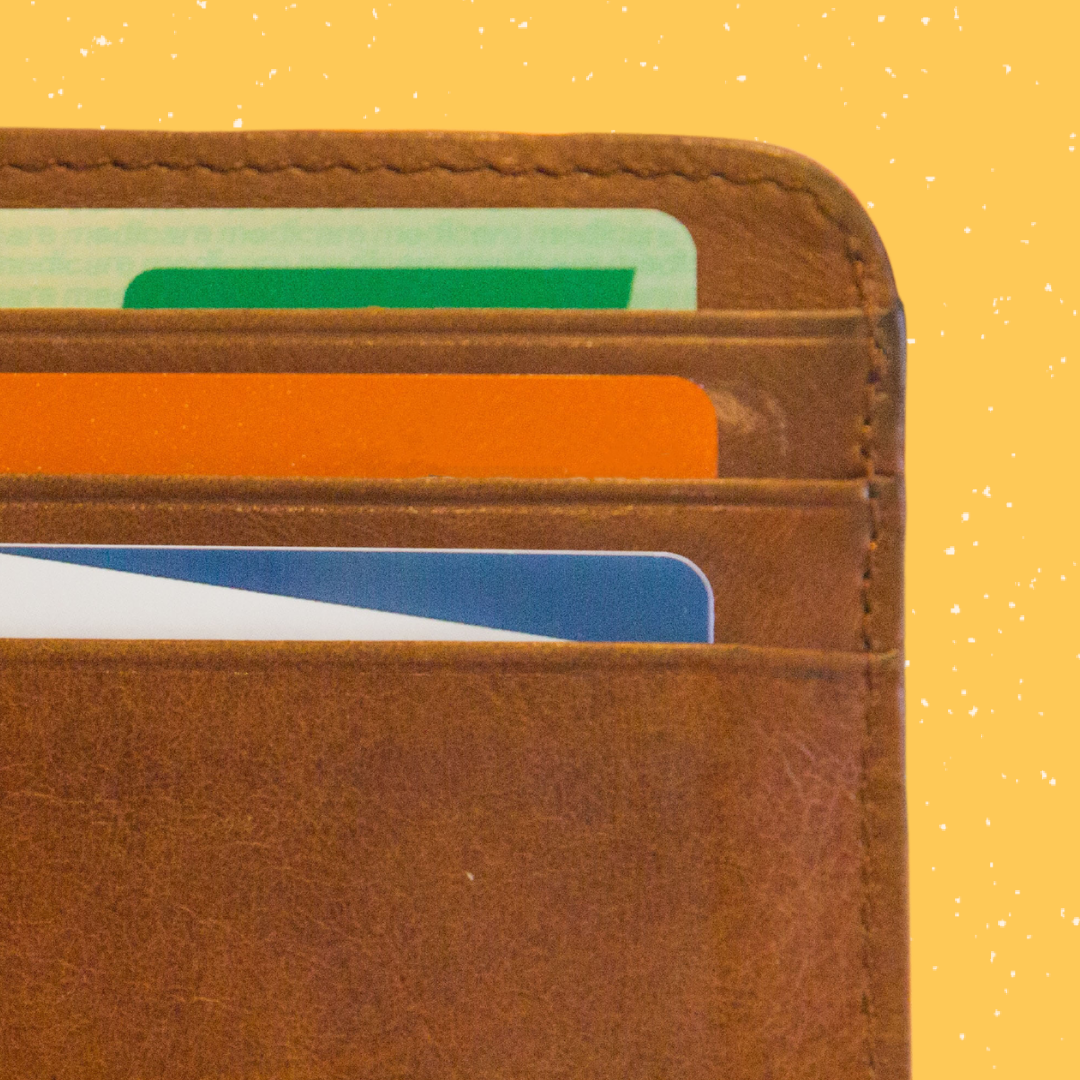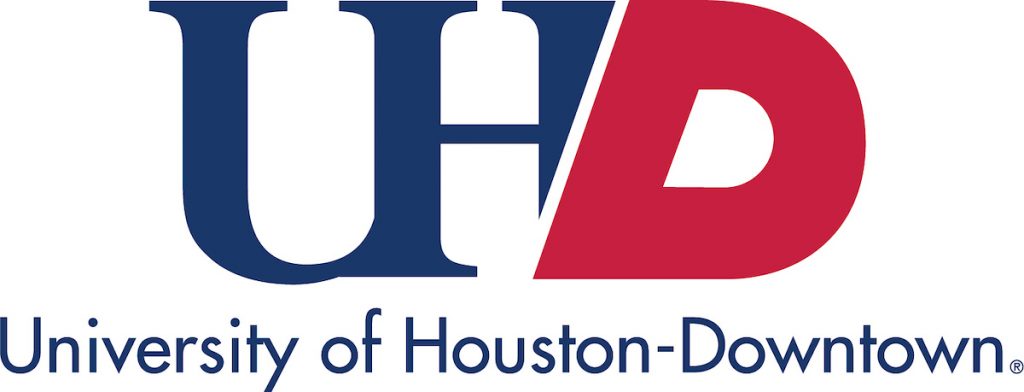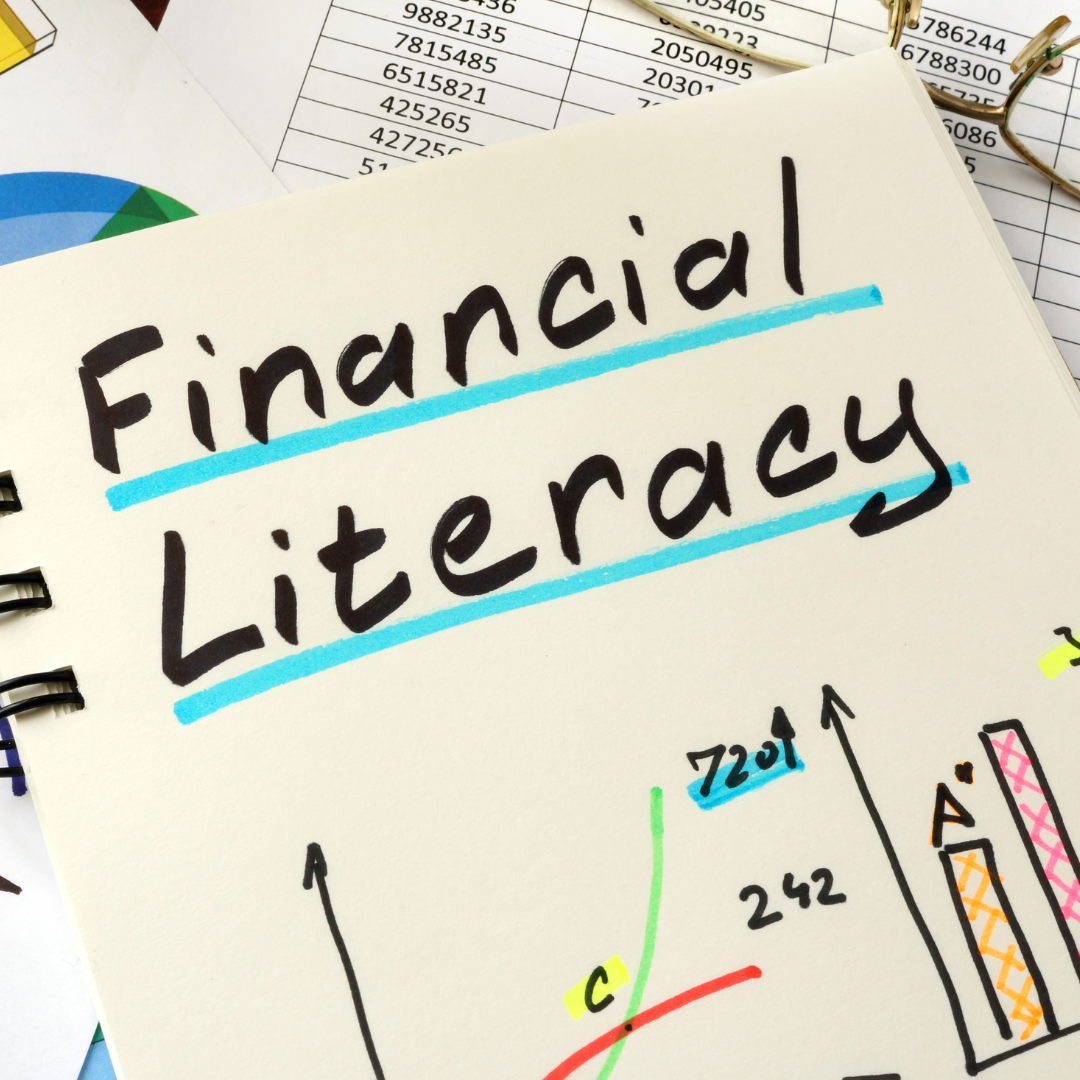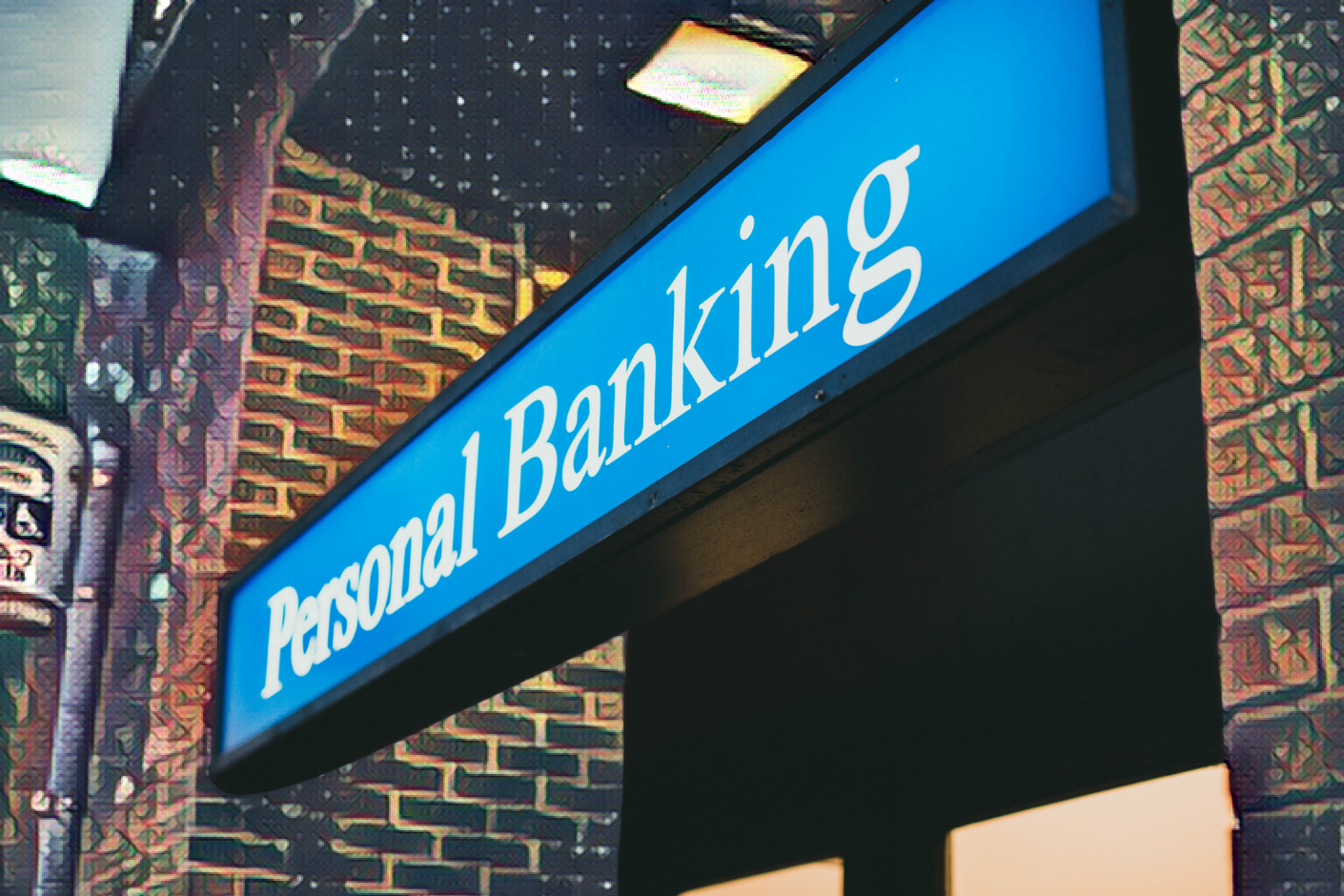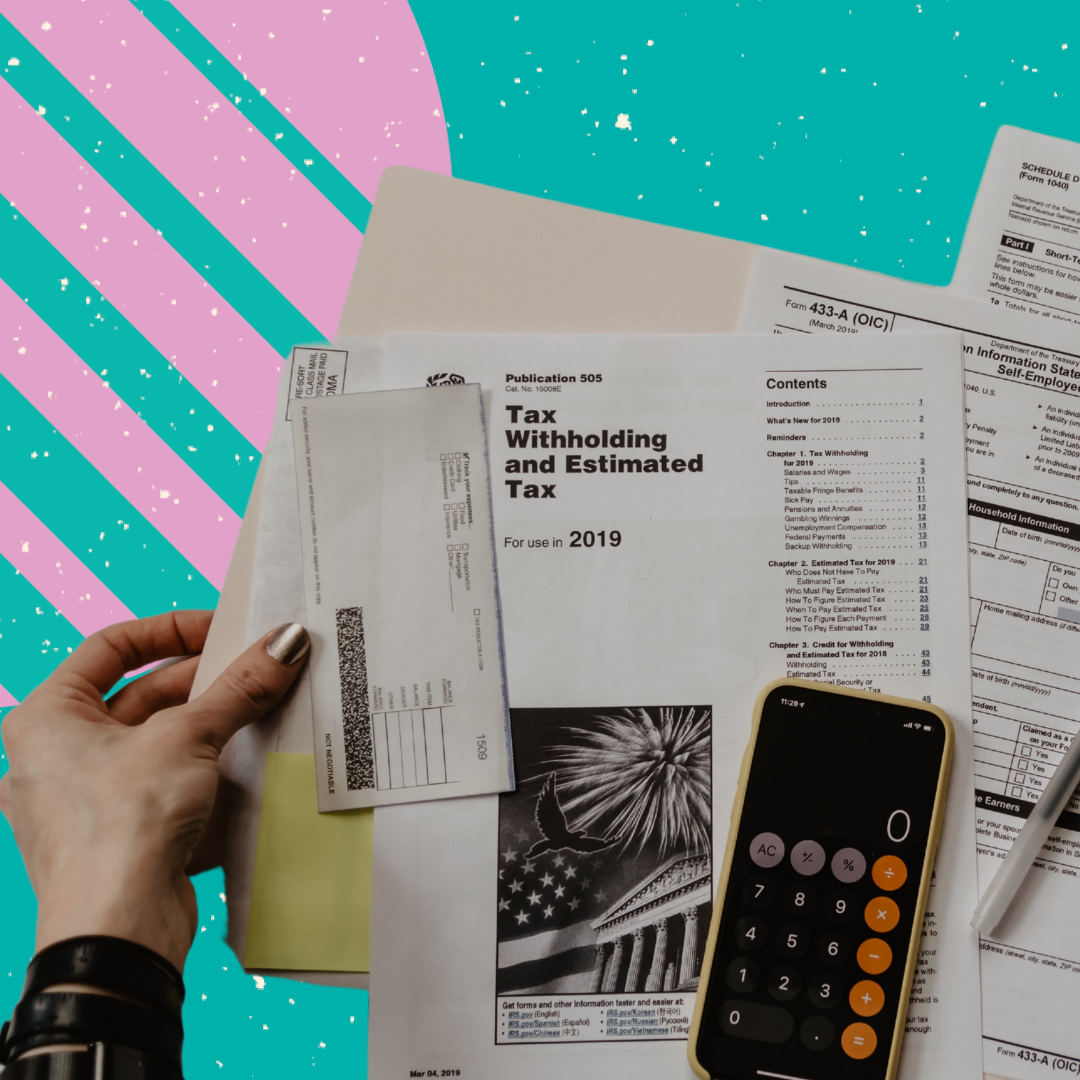The main difference between a debit card and credit card is that a debit card is more like a digital wallet.
When using a debit card, the money is deducted from your checking account. But if there’s no money in your account, then the purchase is declined and no purchase is made. Basically, this just means that you can’t spend more than you have in your account.
Debit cards offer you an opportunity to learn about the basics of money management with real-life practice, safely. Getting a debit card with your bank account provides you firsthand experience on:
- How to keep your spending under control.
- How to tap or swipe a debit card.
- How to make purchases online.
With credit cards however, the merchant you’re purchasing from gets the money at the moment of the purchase, but you actually pay for it later. Every purchase is essentially borrowed from the bank until a certain limit is reached. This means that your credit card has a limit and you can’t charge more than that limit.
Every month, you have to make a payment on your credit card, paying back what you’ve charged to it. Depending on the bank, company, and card, you’ll have to pay a fee for borrowing that money (which is called interest) and you may have to pay extra if your payment is late.
Although teenagers under 18 can’t actually get a credit card, you may end up having one in later life, so it’s important to know what they are and how they work.

